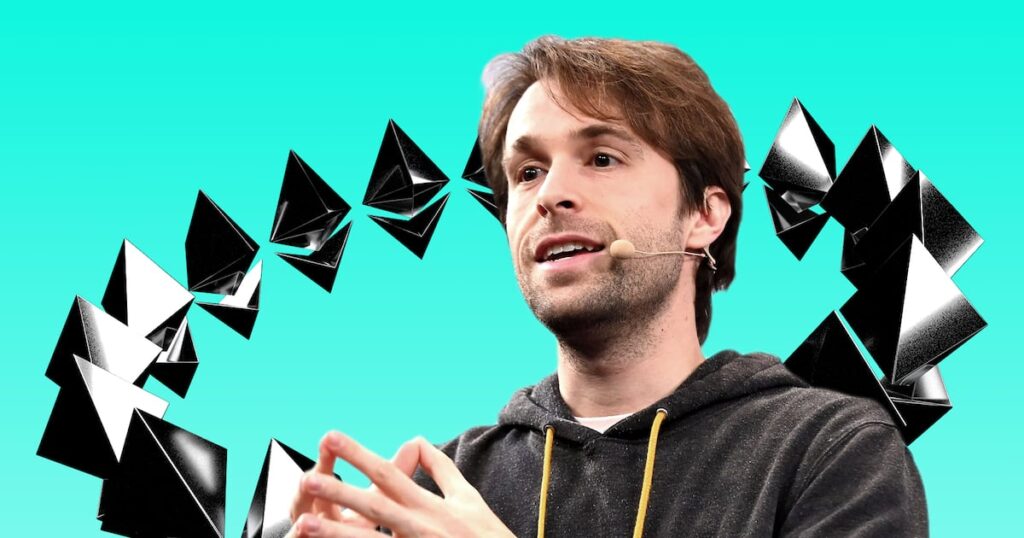- Justin Drake has proposed an overhaul of Ethereum’s Beacon chain.
- The upgrade will reduce old technical issues and implement new cryptographic techniques.
Ethereum researcher Justin Drake has revealed a proposal to increase Ethereum’s decentralization and update its creaky infrastructure.
Drake presented his idea for what he calls the “Beam Chain,” an overhaul of the infrastructure that tracks Ethereum transactions, during a presentation at the Devcon conference in Bangkok.
“The goal is to try to move safely and quickly from the Beacon chain that we have today to this Beam chain, which is much closer to the final design of Ethereum,” Drake said.
The Ethereum blockchain is made up of two layers. The first layer, called the Beacon chain, handles Ether staking and transaction tracking. The second execution layer is where users submit transactions.
The idea is to update Ethereum’s Beacon chain to reduce old technical issues, implement new cryptographic techniques, protect against future security risks from powerful quantum computers – which could break current encryption – and speed up transactions.
Blockchain development is evolving rapidly, and because the Beacon Chain was created five years ago, Drake said, it has become outdated.
Drake’s Beam chain proposal is part of a broader initiative to scale Ethereum, as new blockchains like Solana seek to compete by offering faster and cheaper transactions.
The Beam chain will operate under a dynamic cryptographic technique called ZK-SNARK.
Join the community to receive our latest stories and updates
ZK-SNARKs allow a party to prove they have certain information without revealing it. On blockchains, ZK-SNARKs can increase privacy and scalability.
“We are potentially entering this ZK era of Ethereum consensus,” Drake said.
Drake’s presentation was highly anticipated in the Ethereum community. Many hoped that the Ethereum researcher’s presentation would outline plans for an entirely new version of the network dubbed ETH 3.0.
When asked if Drake’s Beam Chain plans constituted a new version of Ethereum, he dismissed the idea.
“The nickname Ethereum 3.0 is not appropriate,” Drake said, because the upgrade only affects part of the Ethereum network and excludes other areas, such as the execution layer.
Mixed reactions
Drake’s Beam channel plan is Ethereum’s first big announcement in a while.
But it may take a long time before it is implemented. In the presentation, Drake said that the Ethereum community must agree on the update before any work towards it can take place.
He estimated that developers might not start writing code for the upgrade until 2026 and that it might take until 2029 to complete testing.
Reactions to the proposal have been mixed.
“Researchers love research. Programmers love refactors. Users don’t care either, change the culture,” Luis Cuende, co-founder of Aragon, said on X.
Others, like 1kx research partner Wei Dai, have also criticized Ethereum’s prioritization of technical adjustments.
“There just isn’t enough discussion about how Ethereum can create more network effects for its rollups,” Dai said on X. “This is a bigger issue for Ethereum than decentralization and the optimization of protocols in my opinion.”
Correction, November 12: This article previously incorrectly stated that 1kx research partner Wei Dai was an early collaborator of Satoshi Nakamoto. Another person named Wei Dai collaborated with Nakamoto.
Tim Craig is DL News’ DeFi correspondent based in Edinburgh. Contact us with advice at tim@dlnews.com.

